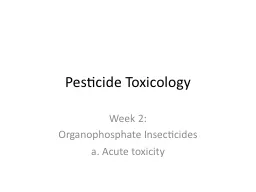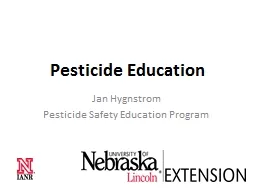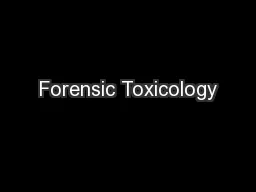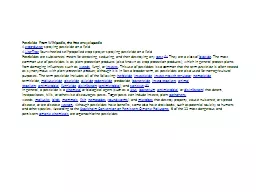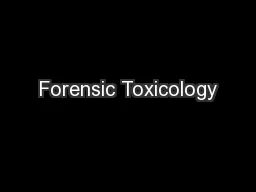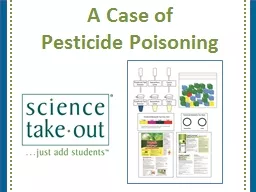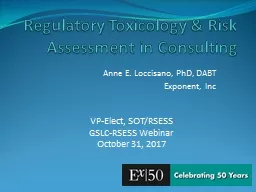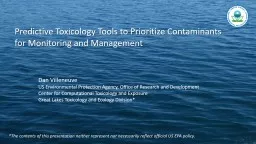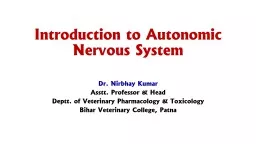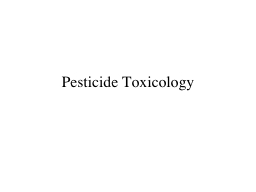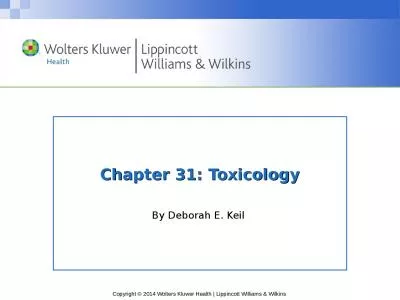PPT-Pesticide Toxicology Week 2:
Author : angelina | Published Date : 2022-06-11
Organophosphate Insecticides a Acute toxicity Categories of Effects Muscarinic Mimic action of muscarine Peripheral nervous system only Smooth muscle heart exocrine
Presentation Embed Code
Download Presentation
Download Presentation The PPT/PDF document "Pesticide Toxicology Week 2:" is the property of its rightful owner. Permission is granted to download and print the materials on this website for personal, non-commercial use only, and to display it on your personal computer provided you do not modify the materials and that you retain all copyright notices contained in the materials. By downloading content from our website, you accept the terms of this agreement.
Pesticide Toxicology Week 2:: Transcript
Download Rules Of Document
"Pesticide Toxicology Week 2:"The content belongs to its owner. You may download and print it for personal use, without modification, and keep all copyright notices. By downloading, you agree to these terms.
Related Documents

